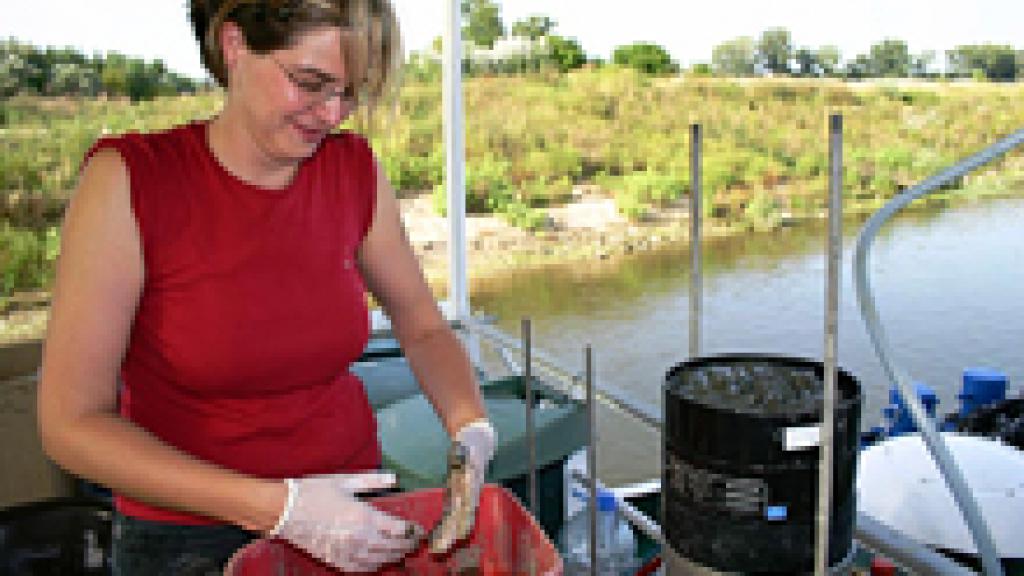Tisza Investigation
The investigation of the Tisza River was a follow-up project of the Joint Danube Survey 2001 organised by the ICPDR. The objective of the survey was to investigate the water quality along the river and to promote public awareness. The countries participating at the survey include Romania, Slovakia, Hungary, and Serbia and Montenegro.

The investigation of the Tisza river was an international expedition carried out by the German Laboratory ship, ARGUS and under the supervision of the ICPDR. The program directly followed the Joint Danube Survey 2001.
The survey was a follow-up activity to the serious cyanide and heavy metal pollution incidents happened in February and March 2000 on the Szamos and Tisza rivers. One of the objectives of the survey was to detect the present environmental situation on the Tisza and its main tributaries one and a half year after the incidents.
The survey was financially supported by the EU and Germany with further contribution of the governments situated in the Tisza basin: Romania, Slovakia, Yugoslavia and Hungary. The logistical organization was provided by the ICPDR Secretariat . The main contracted Institute of the investigation of the Tisza was the Water Resources Research Center Plc. (VITUKI Rt.). Budapest, Hungary.
The sampling mission was carried out between 28 September and 10 October 2001. The samples were analyzed by the Hydrometeorological Institute, Belgrade, by VUVH, Bratislava, and by VITUKI, Budapest.
Based on the investigation no evidence of cyanide or heavy metal pollution was detectable on the Tisza river in autumn 2001.
What where the main findings?
- No elevated concentrations of nutrients were found in the Tisza itself, but in some tributaries.
- The heavy metals showed a characteristic longitudinal profile along the Tisza: moderate and low values in the upper and middle section and significant increase downstream of the Maros confluence.
- High values of cadmium were measured in suspended solids, sediments and mussels. Lead and copper exceeded the limit values in sediments. Elevated mercury concentrations were detected in suspended solids.
- Diatoms (Bacillariophyceae), green algae (Chlorococcales) and Euglenophyceae were the most dominating taxa





